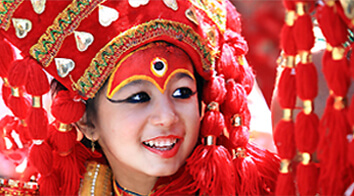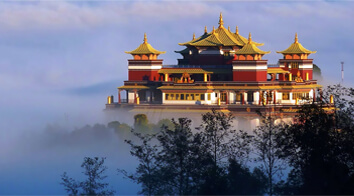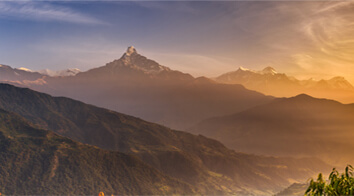The History of the Temple
The foundation year of the temple is still a mystery. According to traditions, Pashupreksha of the Somadeva Dynasty built the temple in the 3rd century B.C. However historical records claim the date to be somewhere in the 13th century. It is believed that the Pashupata sect found in the temple.
In the late medieval era, emulations of the temple were constructed; some of them were Bhaktapur, Lalitpur, and Benares. The original temple was destroyed many times. King Bhupalendra Malla built the current form in 1697.
According to a local legend, Lord Shiva fled away from other Gods in Varanasi to Mrigasthali, a forest on the opposite bank of River Bagmati. He took the form of a gazelle and slept with his wife, Parvati. The gods upon finding him tried to take him back. However, he leaped across the river to the opposite bank. He broke one of his horns into four pieces. They became a manifestation of Shiva, Pashupati (Lord of Animals), a four-faced linga.
The elements to look in the Temple
The temple stands at the center of the town of Deopatan. The temple has the structure of two-tier pagoda built on a single-tier plinth. It is 23.6 meters above the ground. It has ornamented gilts and silver-plated doors on each side.
There are niches of various sizes on either side of the doors. There are gold-plated images of the guardian deities of the temple on these doors. Inside the temple, there is a narrow ambulatory around the sanctum. There is a meter high four-face linga symbolizing Pashupati in the sanctum. It also has images of Vishnu, Surya, Devi, and Ganesh.
The priests are called Bhattas and the chief priest is referred to as Mool Bhatt or Raval.
The struts under the rooves are decorated with the wood carvings of the Shiva family and the Gods and Goddesses from Ramayana.
The temple's premises are home to many old and important temples, shrines and idols. To the south of the temple is Chadeshvar, a Licchavi Linga from the 7th Century, and to the north is a temple of Brahma. There is Dharmashila to the south of the temple. There are pillars with statues of various Shah kings as well.
Towards the northeast, there is a small pagoda temple of Vasuki, the King of Nagas. It is a local belief that Vasuki is present here to protect his Lord, Pashupati. It is necessary for the devotees to worship Vasuki before entering the main temple.
The Bagmati river holds sacred significance. The bank of the river is a host to various ghats (bathing spots) for the pilgrims.
Arya Ghat dates to the early 20th century and is of great significance. It is the only spot where you can obtain the water for Pashupatinath Temple and the members of the royal family are cremated here. Women usually take the holy bath at Gauri Ghat. The main cremation site is Bhasmeshvar Ghat, the most-used site in Kathmandu Valley.
There are 15 other shrines, the Pandra Shivalaya, along the holy river. They were built between the years 1859 and 1869 to enshrine lingas as an homage to deceased people.





 Pashupatinath All inclusive tour package with sightseeing, hotels, meals and transportation included.
Pashupatinath All inclusive tour package with sightseeing, hotels, meals and transportation included. 
